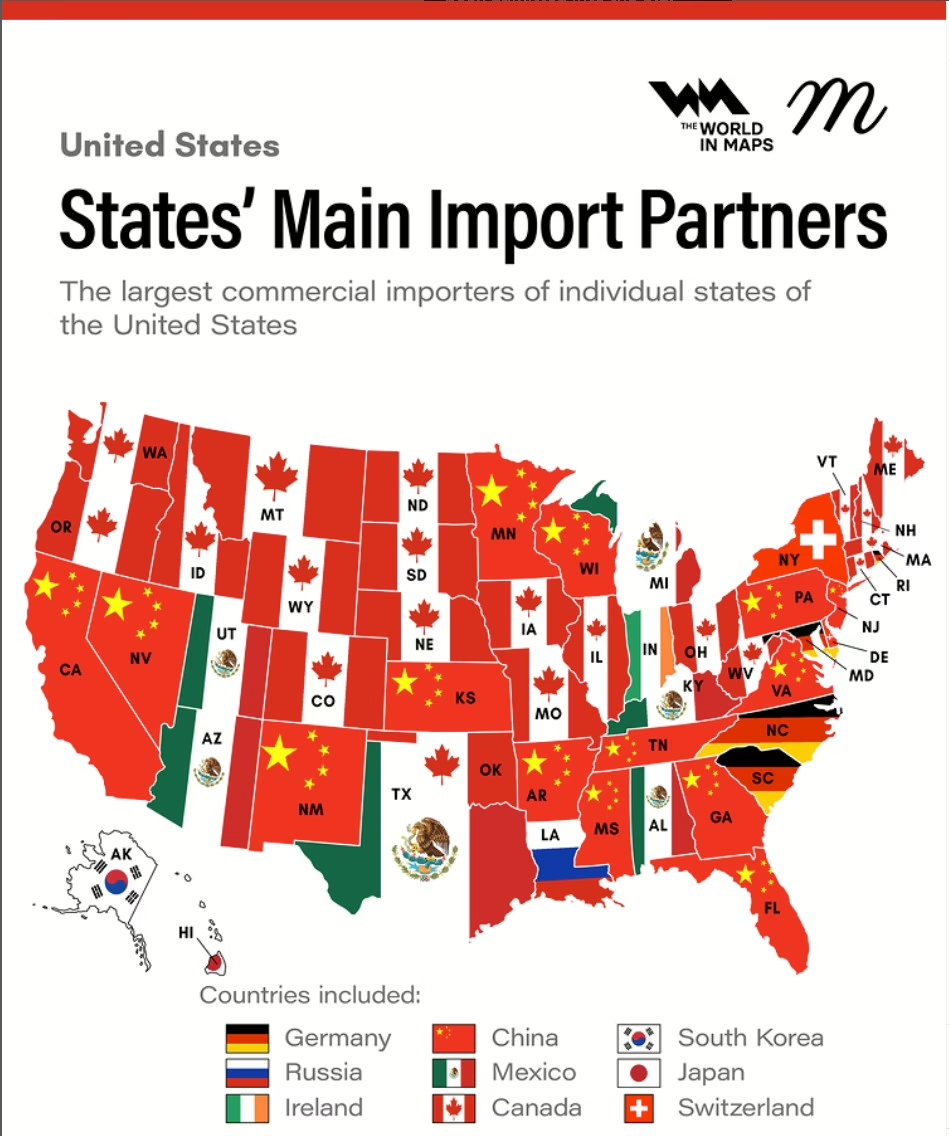
Agreement has been in short supply lately, except when it comes to inflation being a pain that everyone wants to stop or at least get into a reasonable range of, say, 2%.
As can be seen on the graph below, the Fed has been working its delicate tool of the interest rates (green solid line) to bring inflation (red dot-dash line) down while not killing the vibe of the economy with unemployment (blue dash line). And though we are not quite there yet, the soft landing is within reach as long as we stay the course.

Plenty of other countries have not fared nearly as well with rolling out the landing gear.
In Europe-land the economy has stalled, and inflation has ticked up—a mood called stagflation—and continued interest rate cuts might just rev up prices without growth catching any traction.
In Canada, economic growth is like a baby bird still in need of (rate cut) support and encouragement, though inflation has seemed okay.
And Mexico has struggled with growth and the higher-for-longer interest rates because of its considerable debt burden.
Mexico has long hoped to attract foreign investments because of its proximity to the US. That hasn’t really happened, and the latest figures show that the country is on the brink of contraction.
China just released its official indicators which show the growth target for last year was met but only thanks to a massive stimulus package in the fall.
The concern is now that the breath of life is temporary and not able to withstand the deflationary pressure from real estate and consumer confidence tanking.
One could almost say that the US has a bit of an opposite situation going on with its trading partners.
We are actually doing okay on economic growth but still have to fix inflation whereas their headache is much more with the growth, and stabilizing prices takes the backseat for now.
So, let’s take a minute to think about what happens when the US imposes tariffs on any (or possibly all) of these countries.
Tariffs immediately make imported goods more expensive—as in prices go up—in the US. Yes, longer term, supply chains might shift so more of the imported goods will be produced in the States. But in the short term rising costs will be back like The Terminator* for consumers, construction, and manufacturing alike.
And if we briefly turn the gaze away from our own navel, tariffs will make it harder for the tariff-imposed countries to export to the US, something that those economies rely on to pull them out of their growth lull.
Thus, tariffs are an effective way to throw a wrench in the progress we have made in the past three years. It will also likely push our trading partners into recession.
All in all, it seems we are cutting off our nose to spite our face.
*The Terminator is a sci-fi movie from 1984 (yes, 40 years!) starring Arnold Schwarzenegger. 100% on Rotten Tomatoes.
Regitze Ladekarl, FRM, is FRG’s Director of Company Intelligence. She has 25-plus years of experience where finance meets technology.
This article is part of the FRG Risk Report, published weekly on the FRG blog. To read other entries of the Risk Report, visit frgrisk.com/category/risk-report/.
